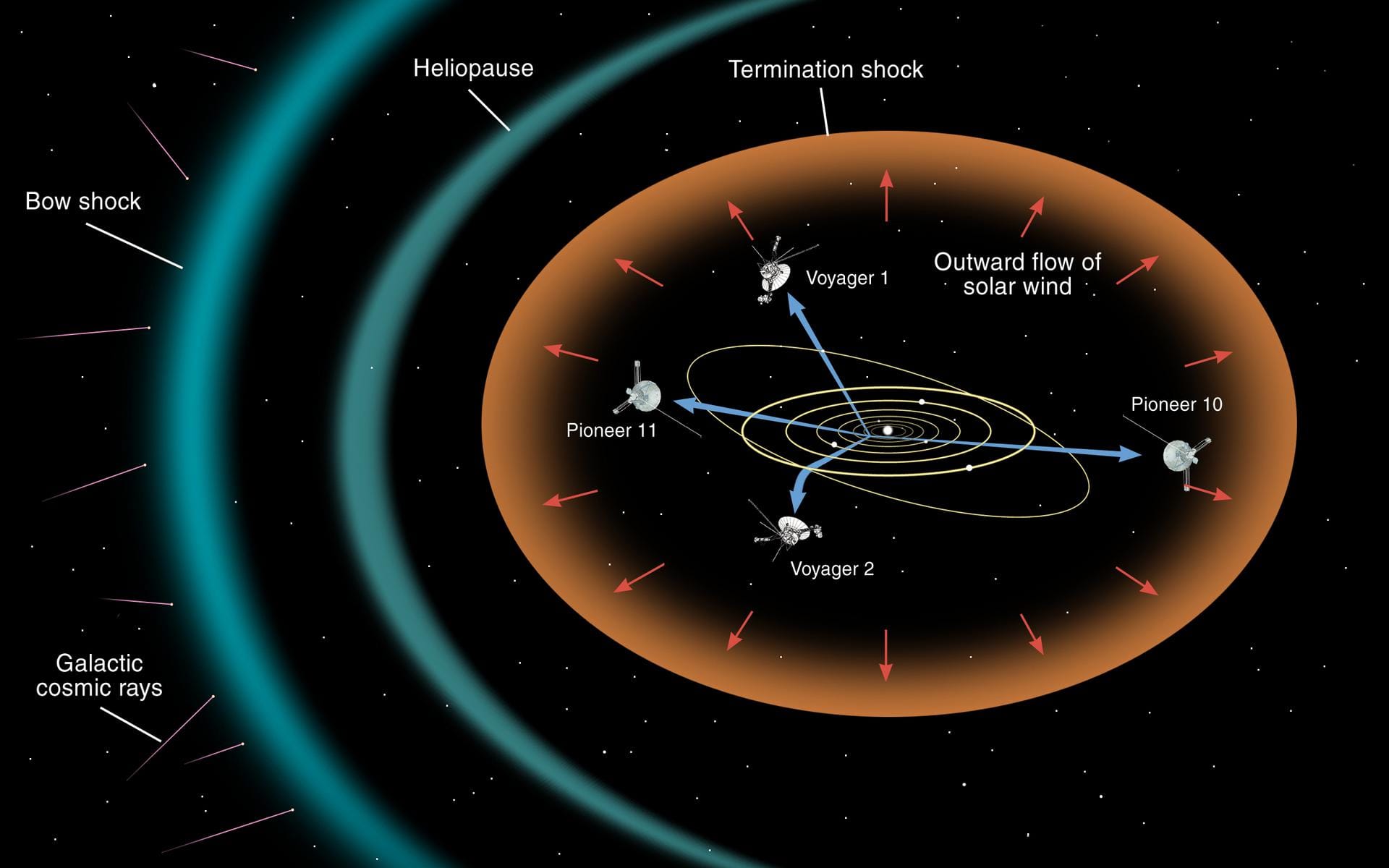Both NASA’s Voyager spacecraft, launched in the 1970s, have long since crossed the orbit of Pluto and entered interstellar space, making them the most remote artificial objects that have ever been created by man. However, as one would expect from an outdated technology that is almost 50 years old, both probes are already facing certain technical difficulties.

The recent problems with Voyager 1 reached a peak last November, when NASA announced that the spacecraft had communication problems. Although the instruments and most of the systems worked as expected, there was a problem with one of the on-board computers, which is called the Flight Data System (FDS). The malfunction meant that scientific and engineering data were coming to Earth distorted. The FDS is responsible for packing data from the spacecraft and transmitting that data to Earth. One of the memory chips in the FDS failed, which led to the data being sent improperly.
Now, after five months of problems with the hardware of the spacecraft, NASA has announced that it has returned to stable communication with Voyager 1.

It is impossible to replace the chip in a spacecraft that is located at a distance of more than 24 billion km. Therefore, engineers at NASA’s Jet Propulsion Laboratory had to come up with a way to redirect data around a broken chip. But there aren’t many resources on such old hardware. There was no single place to store the code from the chip, so it had to be split and stored in different places around the FDS.
The first batch of the new code was sent to Voyager 1 on April 18. But the probe is so far from Earth that it takes a day for the signal to reach the spacecraft, and then another whole day for the response to reach back to Earth. But there was also good news: on April 20, the team received information about the state and status of the spacecraft for the first time since November 2023.
The team will now continue to send software updates to solve the FDS problem and hopefully will be able to access scientific data again soon.
Earlier, we reported on how Voyager 2 overtook Pioneer 10.
According to jpl.nasa.gov
Follow us on Twitter to get the most interesting space news in time
https://twitter.com/ust_magazine


